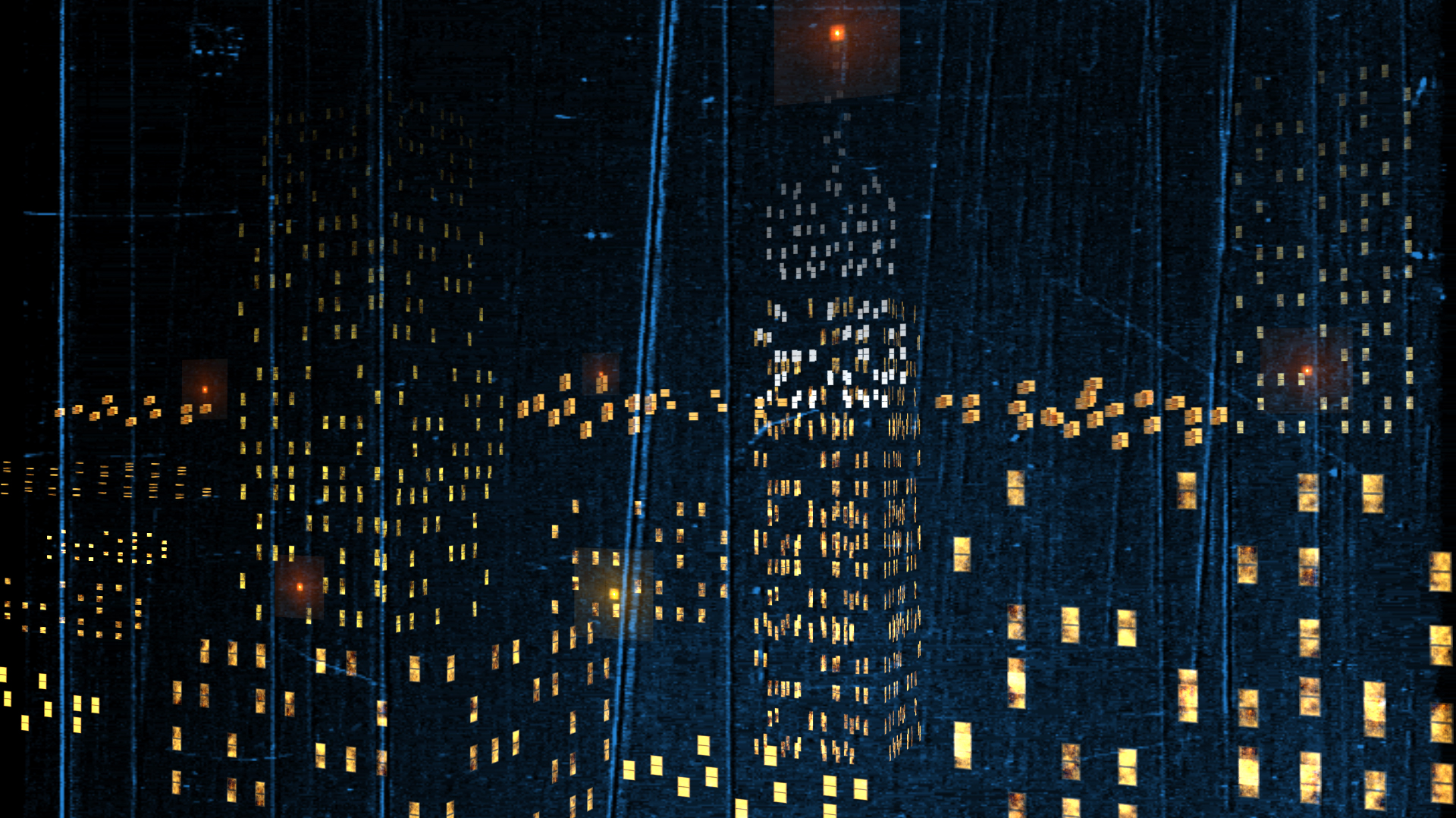ca·coph·o·ny (kəˈkäfənē) noun: a harsh, discordant mixture of sounds.
The above could also be the definition of television. And the internet. As per the usual, culture BOMBARDS us with so many distractions. TV and internet video content are excellent vehicles for the dominator culture to sway your opinions, fill your head with garbage and completely suck you of your identity and your time.
But that's only if you tune in. As I stated with my film "Freakquency", if you just learn to walk away and tune out from what you're being told to think, feel and believe, then you become completely independent from the clutches of culture. You reclaim your identity.
A side effect of that is when you become confronted with these slavery mechanisms again (the news, mainly) it starts to sound like just a lot of noise. Audio garbage. A cacophony of information. And misinformation. And it's not even interesting to look at. It's pictures of people talking. To the camera. To each other. Sometimes they show a split screen of 3 or 4 people debating. And sometimes they talk over each other. Definitely the most unentertaining content available. I mean...just look at it!
Side Note: I really love Stephen A. Smith from ESPN. You can spot him. He was the only black person talking on TV at the time I flipped through the channels and took these photos. Fringe benefit social commentary there.
As I've also stated before, I don't like speaking for other places outside of America. But I could only imagine that people from other countries have had more than their fill of "America" on TV and the internet recently. I know I've had a little too much America for my own good as of late. But I live here. I don't have a much of a choice. Oh...wait...I do :)
As for most of America...
-----------------------------------------------------------------------------------------------------------------------
Here are the ingredients I used to make this film (not pictured: an onion)
I specifically used Alka Seltzer because watching TV makes me proverbially sick to my stomach. I thought it was a good little subtle joke. Also, it made for some really great instant motion that looked like noise.
My setup for this was really ghetto. Really trying to keep these films as cheap as possible so I have to use whatever I've got in the house to make it work. Below is my table on top of a table contraption:
So I basically was shooting upwards, looking up at the bottom of the clear tray. I placed a thick slice of an onion ring in there to wrangle the liquids. I poured some corn oil and some wine into the ring and then plopped in an Alka Seltzer tablet:
One thing I didn't think about beforehand was how much this was going to smell. Literally was like standing on a giant armpit. Next time I'll use a rubber bracelet Anyway...
I shot this with both an iPhone 6 and the regular camera. Both with straight up video. iPhone was slow motion (240fps, 720p). None of the iPhone footage made it into this film. It kept going in and out of focus as the Alka Seltzer tablet moved in front of and away from the light behind it.
Since both cameras were pointing up, I couldn't see what was happening in the viewfinder. So I bought this pretty large mirror ($4!) to reflect the viewfinder so I could see what I was shooting:
I also did a few takes with just water and no onion. The spread of the bubbles was just too wide and the antacid tablet was sliding all over the place. That's why I switched to the oil+wine mixture. It was too thick for the bubbles to go crazy. It really contained the spread. Anyway, here's what the water stuff looked like:
I also made my own "talking" sound effects for this film using Garage Band on the iPhone. I used sounds from a bunch of their synth instruments in both Glissando and Pitch settings. Really weird shit ensued. 45 minutes of crazy sounds ended up being recorded for this which then had to be cut down to a little over 30 seconds. I tried to make the audio sound like human talking sounds and not every instrument was conducive to that.
For the mouths, I really wanted them to seem child-like so I drew this bullshit with my left hand (I'm righty):
I think this film currently holds the record for fastest Area 52 film completed. It took a little less than 3 days to do. Thankfully, these shorts can't exceed 1 minute in length so it makes for annoying films like this to be made. Could you imagine sitting through 5 to 7 minutes of this? In a theatre? At a film festival? HAHAHAHSDJKFNLS:FHJGpouehcgp%#}hspidULKJ>FBDVcm!!!!!




































































































































































































